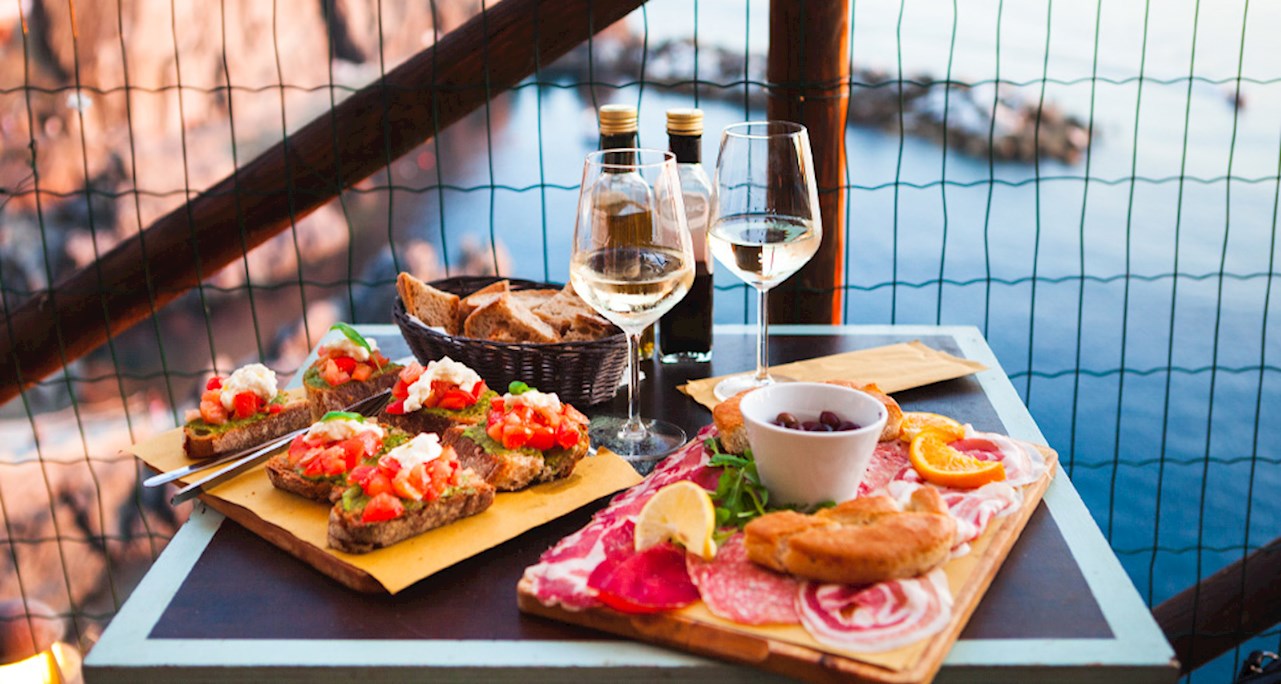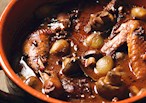The word aperitivo comes from the Latin aperire—meaning to open up—and it is used as a reference for stimulating your appetite before dinner. The tradition of whetting your appetite dates to the ancient Romans, and it's not universal to Italy, but the modern aperitivo culture was born in Turin.
It all started with Antonio Benedetto Carpano, an Italian who invented vermouth – the aromatized wine that proved to be a perfect aperitif as it is stronger than wine but not as harsh as strong spirits. Vermouth became the pre-dinner drink of choice, eventually starting the national aperitivo trend, which also influenced the creation of many legendary labels such as Campari, Martini, and Ramazzotti.
These light drinks were often served with snacks that were usually free of charge, and the whole idea was to sip, socialize, and open your palate for the upcoming dinner.
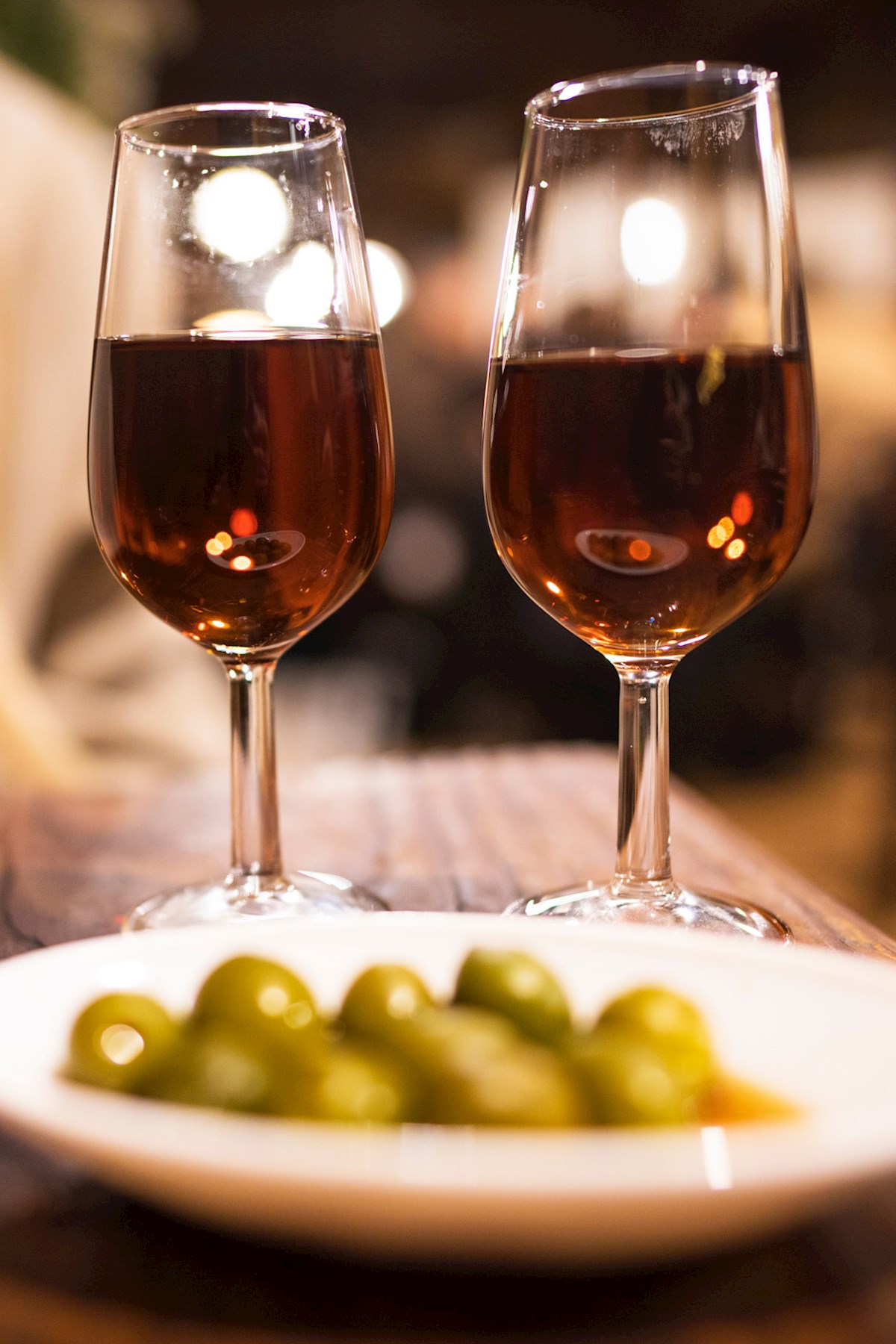 Credits: Shutterstock
Credits: Shutterstock
Aperitivo became a cultural phenomenon and an integral part of Italian tradition. It was even used as a foundation of another concept - the apericena.
The birth of apericena
Apericena is a combination of aperitivo and cena (dinner), and as evident from the name, it partially imitates both ideas. It was born when the bars started serving more elaborate, buffet-style meals with their drinks.
Although Turin, unofficially called the national aperitivo capital, strongly argues against it, Milan is often cited as the birthplace of apericena. It all started when the city became the powerful center of the Italian north and began promoting the seemingly small joys of life and the idea of la dolce vita.Aperitivo and apericena are sometimes used interchangeably, but the latter will typically include heartier dishes that could potentially replace dinner.
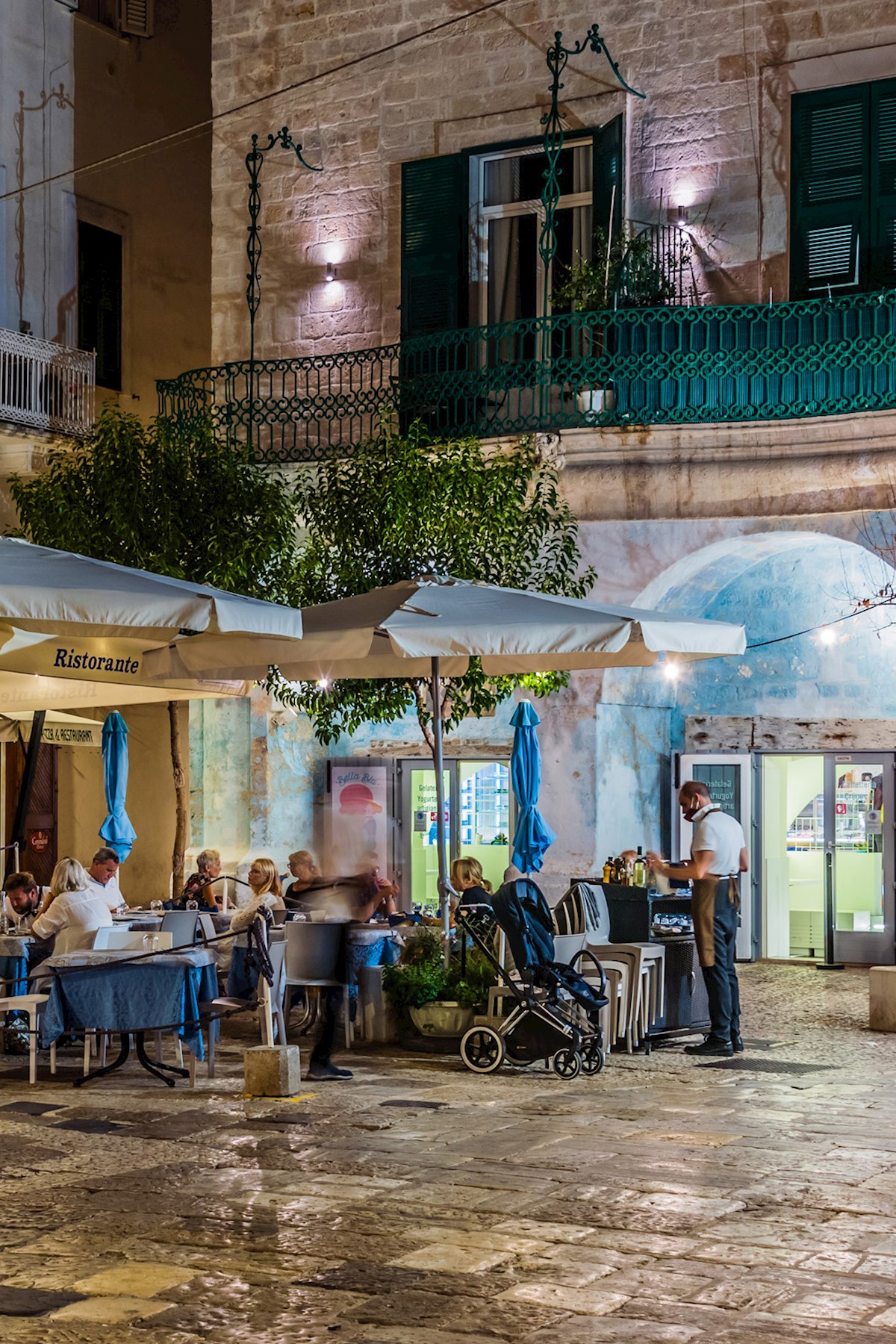 Credits: Shutterstock
Credits: Shutterstock
Aperitivo 101: when, where, and how much
Aperitivo happens in the early evening, during the golden hour. It usually starts around 7 PM, 6 PM at the earliest, and continues until dinner, which typically begins around 9 PM.
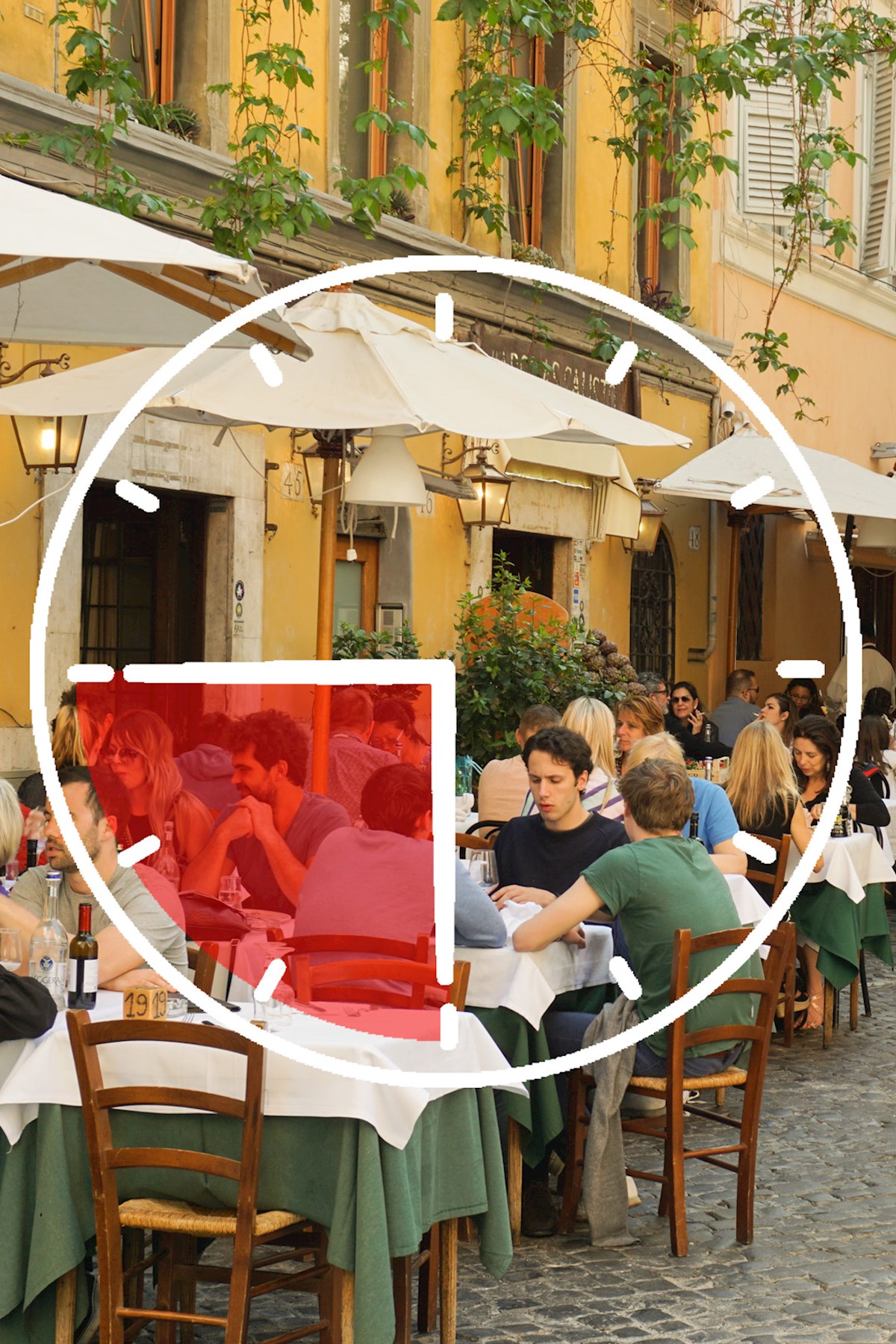 Credits: TasteAtlas/Shutterstock
Credits: TasteAtlas/Shutterstock
As it is a national affair, aperitivo is served in bars and restaurants across Italy. Although it is more common in the north, with Milan, Turin, and Venice as the unofficial aperitivo centers, the tradition covers all Italian regions.
Aperitivo is served in casual local bars, traditional trattorias, hip establishments, and even elegant hotel restaurants. The price will depend on the location, the choice of drinks, and the food selection, but it will usually set you back by 6 to 10€. The food is not entirely free, as the price for the drink will usually be slightly higher than the standard.
The mains: Drinks
Though it started with vermouth, aperitivo can include virtually any alcoholic drink, and even non-alcoholic options are acceptable. Bitter liqueurs, low ABV drinks, and cocktails are the most common options, but beer or a glass of wine also work well.
 Credits: Shutterstock
Credits: Shutterstock
The bitters, cocktails, and wine
Vermouth is a classic pre-dinner sipper. This fortified and aromatized wine now comes in several styles and has many different characters, but it will always have a subtly bitter note—that was originally achieved by adding wormwood.
Campari is another bitter aperitivo favorite. The crimson-colored liqueur is a staple best known for its use in cocktails, but it also makes an excellent aperitif, best served on the rocks and with an optional orange slice.
Compared to Campari, Aperol is lighter and less bitter, with considerably lower alcohol content—making it the ideal aperitivo option. It was originally served with a splash of soda and an orange slice, but it exploded in popularity when it became a common ingredient in Spritz Veneziano.
As the Italians share a great love for herbal and bitter liqueurs, the options for the aperitivo hour are virtually endless and include some legendary names such as Cynar and Ramazzotti.
The king of the aperitivo hour is the Spritz—the bubbly, low alcoholic cocktail consisting of Prosecco, bitter liqueur, and soda, all served in a large wine glass. Originating from Venice, the Spritz takes the prize as the most represented aperitivo drink. Popular liqueur options for the Spritz include Aperol or the local Venetian favorite, the bittersweet Select.
Negroni is a classic cocktail for a reason. Equal parts gin, vermouth, and Campari, garnished with an orange slice, is the ideal pre-dinner sipper. It has a herbal, spicy, and bitter character that ideally pairs with savory bites.
Americano is another favorite that charms with a combination of Campari, sweet vermouth, and soda. It allegedly earned its name because it was popular among Americans.
Prosecco is a favorite bubbly aperitivo. This sparkling wine is light and crisp, acting as a great palate cleanser.
The sides: Food
The food served during aperitivo can differ, depending on the city, the establishment, seasonal offer, and obviously, the price. For example, they prefer the buffet-style service in Milan, while the Venetians rely on small dishes collectively called cicchetti.
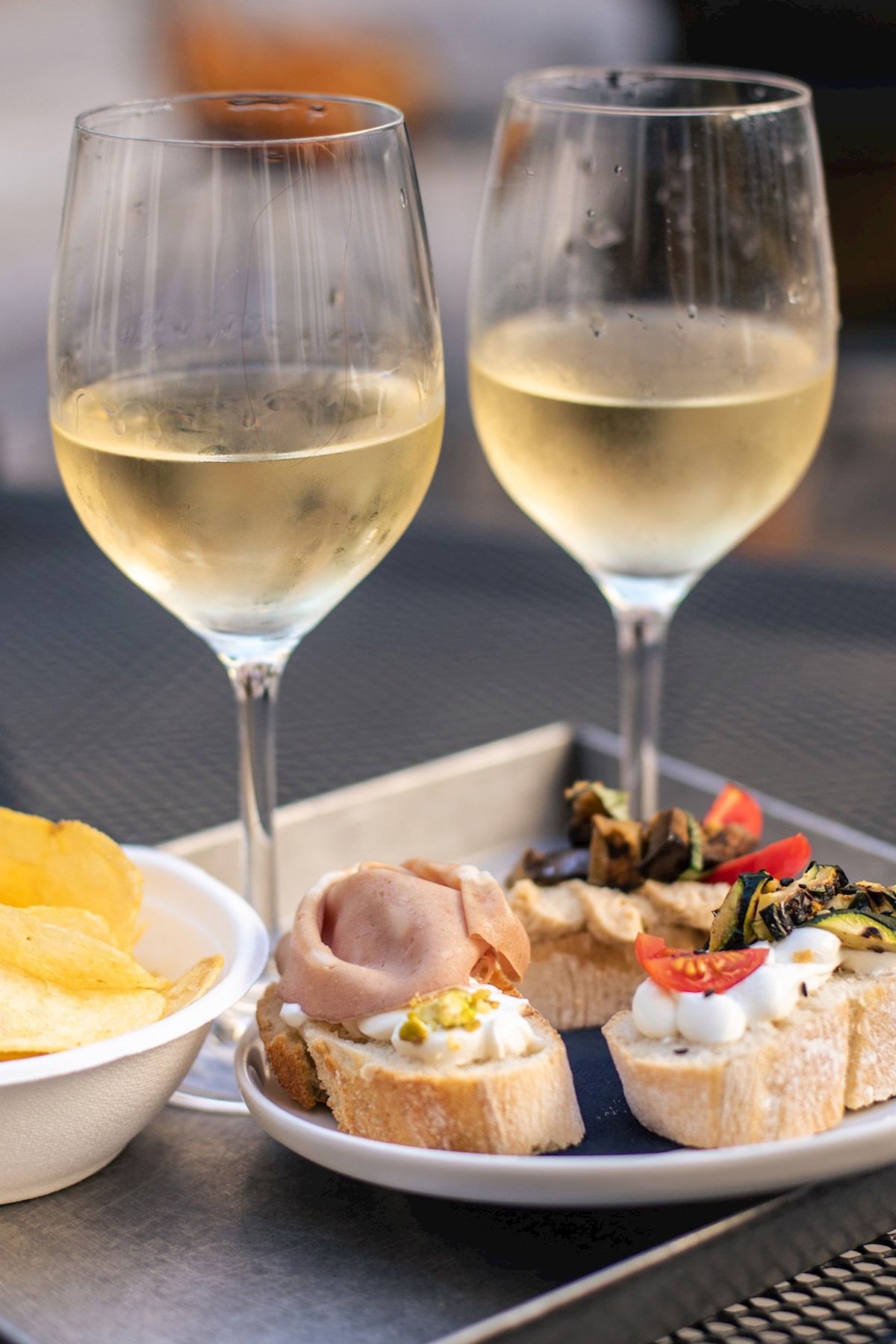 Credits: Shutterstock
Credits: Shutterstock
Standard offer at any corner bar will usually include olives, chips, or peanuts. The more elaborate version will be the antipasti platter, a selection of salumi, prosciutto, cheese, preserves, and often fresh fruit and vegetables.
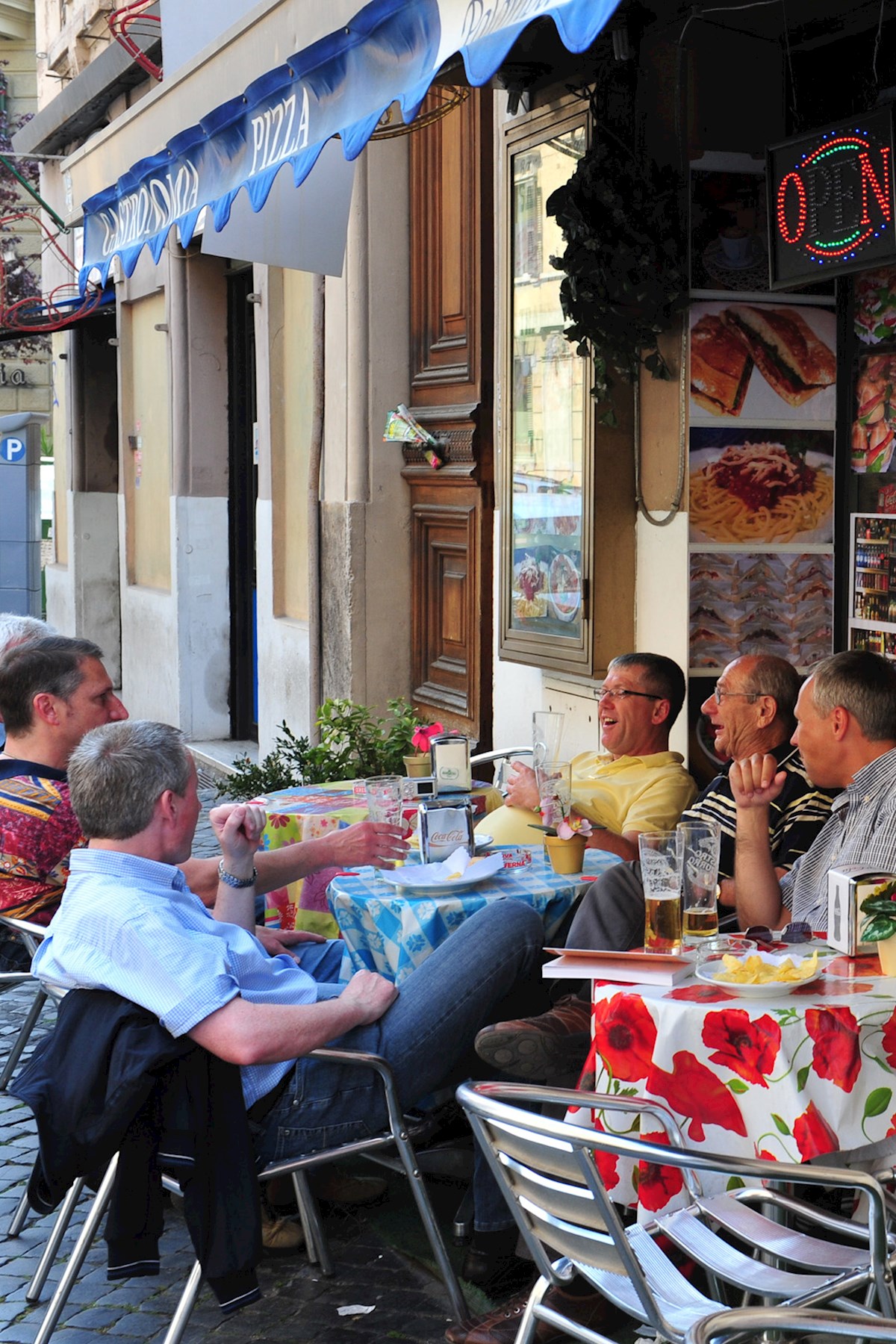 Credits: Shutterstock
Credits: Shutterstock
The lavish aperitivo offer can include diverse food choices—from small, crunchy bites, fritters, and sandwiches to some comforting classics such as pizza, pasta, or polpette.
 Credits: Shutterstock
Credits: Shutterstock
Aperitivo advice
If you get the chance to take part in this great Italian tradition, please avoid being the obnoxious, prototypical tourist. Don't go snatching everything that is offered as if it is your local all-you-can-eat restaurant. The purpose of the aperitivo is not to fill up but to snack while sipping drinks and socializing.
Keep in mind that the idea is not to get drunk, so don't go overboard with the drinks.
 Credits: TasteAtlas/Shutterstock
Credits: TasteAtlas/Shutterstock
Although aperitivo is a close relative to the universal happy hour, if you see it advertised as such, it's probably a tourist trap that should be avoided at all costs.
The future of the aperitivo
The aperitivo trend does not seem to slow down. Even more so, it seems that the tradition will remain one of the quintessential Italian experiences that can't be replicated elsewhere, despite how hard we might try.
The secret might be in the Italian lifestyle that celebrates the importance of slowing down, socializing over drinks, and enjoying the moment, which are all reflected in the aperitivo culture.
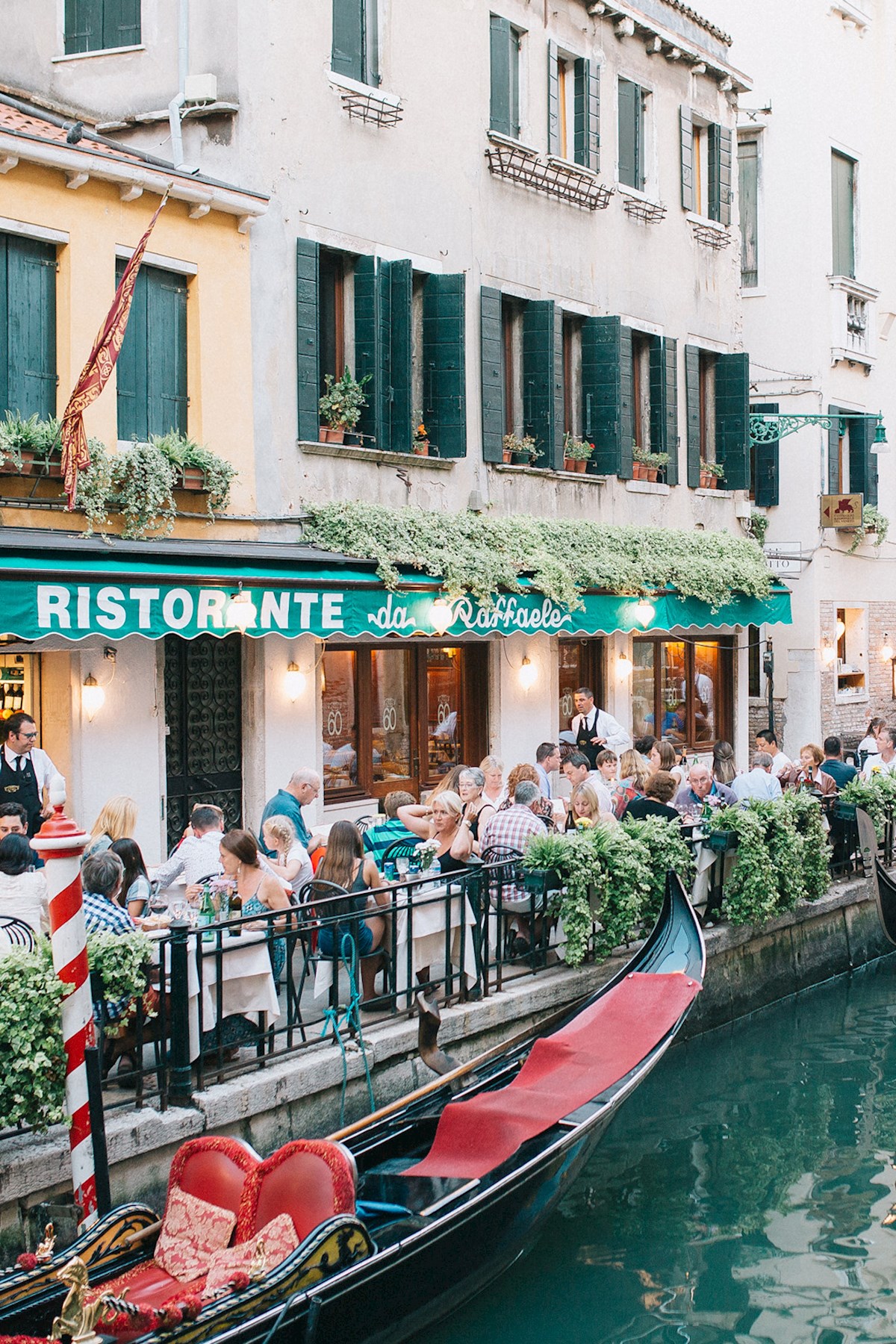 Credits: Shutterstock
Credits: Shutterstock
